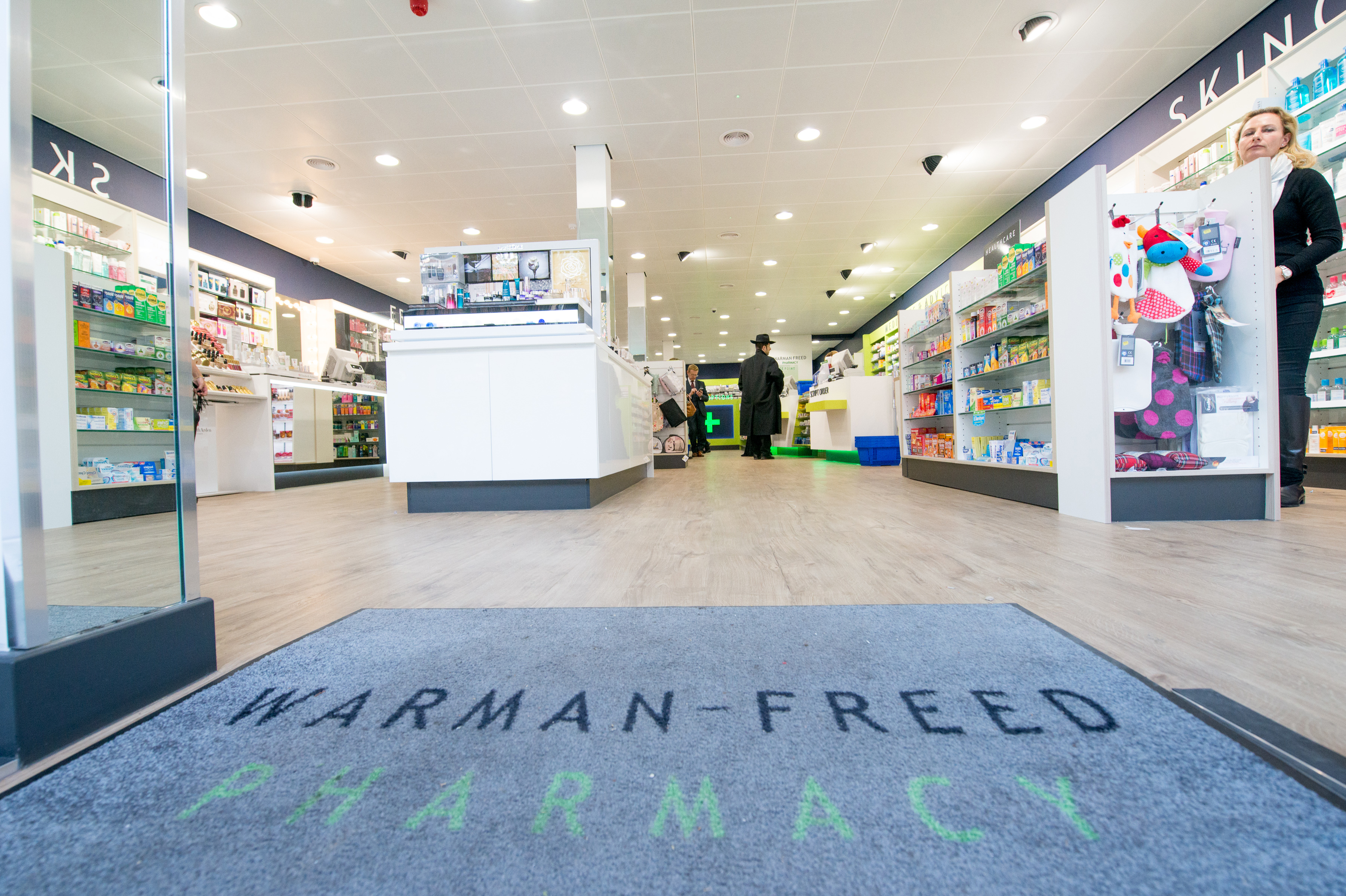Thinking SMART for 2019
In CPD
Follow this topic
Record learning outcomes

As 2018 drew to a close, the Warman-Freed pharmacy team were already thinking about how they were aiming to start strongly in 2019, with a robust business plan being put in place.
Farah Ali, general manager at Warman-Freed, says a key element in bringing the team along on the planning journey is creating tangible objectives. She adds that building a good plan – including operational initiatives, staff development and identifying financial targets – is half the battle; the other half is making the plan quantifiable and keeping it live.
“It’s important that we have clear success measures going into 2019 so that me and my team have absolute clarity over what we are striving for,” says Ms Ali. “It gives all members of staff, from the Saturday counter staff to my most senior pharmacists, evidence that what they are doing everyday builds to our ultimate goal.”
Ms Ali prioritised time for this exercise, as it was crucial that time dedicated to tasks that fell outside the usual day-to-day operations was used to build a plan anchored to the NHS calendar and local community health needs.
“My key concern as I built this plan was how to measure the impact. Much of my focus is on the financials of the business, but there are other areas where we need to create SMART targets to help quantify the impact.”
The Warman-Freed team strongly believes in the need for ‘SMART’ objectives as part of this plan, and use the acronym as a checklist:
Specific Is it clear what will be delivered, without ambiguity?
Measurable How will we know if it has been delivered?
Achievable Is it something that can feasibly be delivered?
Relevant Is it something that the individual or team are able to deliver?
Time-bound When does it need to be delivered?
Clarity and buy-in
In previous years, the team set goals internally in line with key focus areas, but did not define how much each objective or key focus initiative would deliver to the pharmacy. The final goal was clear, but how this would be achieved, and what steps would contribute the most, were not identified or tracked.
Therefore, Ms Ali recommends working through the SMART model for clarity and team buy in. Take, for example, growing the business:
Specific: consider specifying where growth is going to come from, rather than being more general. This will enable staff to focus in the right areas when it matters. For example: ‘In 2019, we will grow our OTC sales.’
Measurable: state how much growth you want to drive, whether in percentage or money terms. This will allow you to track progress versus this objective and staff can see the gap to fill: ‘In 2019, we will grow our OTC sales by x per cent to £xx.’
Achievable: make the figure one that will stretch the team but can ultimately be achieved: ‘In 2019, we will grow our OTC sales by 2 per cent (e.g. £8,000).’
Relevant: ensure that the growth figure is relevant to the team and one they can impact, whether in a big or small way. Here we should ensure that those in the dispensary are included, as they will be accountable for delivery too: ‘In 2019, we will grow our OTC sales by 2 per cent, and we will maintain our NHS income flat.’
Time-bound: giving yourself a timeframe to deliver the growth is crucial to motivate action. It will enable you to celebrate success if achieved, or take learning if it isn’t achieved: ‘In 2019, we will grow our OTC sales by 2 per cent, we will maintain our NHS income flat, using as a baseline sales 1 January – 31 December 2018.
Review and improve
Ms Ali says that once the goal is in place, it’s crucial that it is reviewed on a regular basis to track progress and demonstrate to the team their impact on the goal. “2019 is looking challenging for us as a pharmacy, so the key to the goal setting process was setting achievable objectives.
“As we head to the end of year, the focus is closing 2018 as positively as we can, and ensuring the team have an idea of what 2019 will look like.
“January will then be the time for me to get the team together to really gain their commitment, and use their ideas for how we can all contribute to build on the objectives and reach our goals.”
Lessons Learned
- Build a robust business plan with tangible objectives, but make sure they are quantifiable and keep it live to provide clear success measures
- Apply SMART principles to your business plan to create these clear and measurable goals
- Get your team to provide input on your business plan to ensure any new tasks set for them are relevant and achievable, and to ensure their buy in
- Regularly check and review your plan to track progress and identify areas that can be amended or improved
